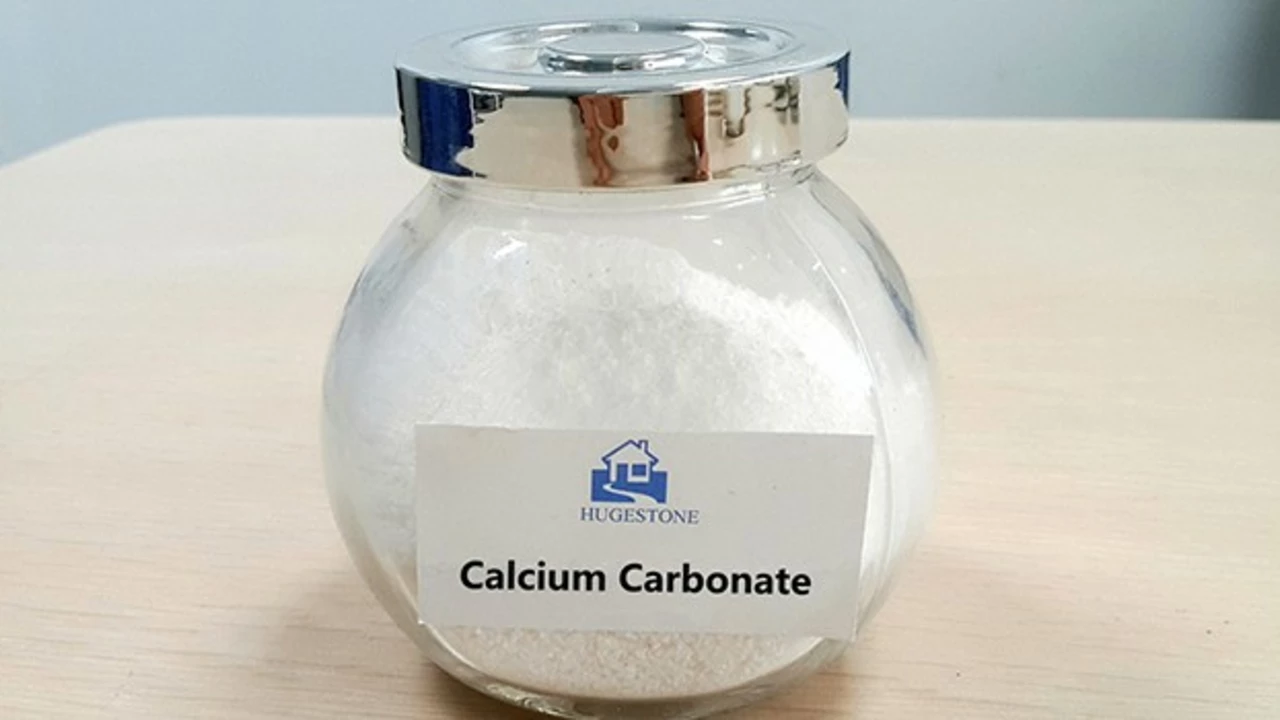Skincare products: Simple, safe choices that actually help
Your skin is the body's largest organ and it reacts to everything you put on it. That makes picking skincare products worth a little thought. Want clear, practical rules that actually work?
Start by knowing your skin type. Oily skin needs light, oil-free, non-comedogenic formulas. Dry skin benefits from creams with ceramides and hyaluronic acid. Sensitive skin prefers fragrance-free, short ingredient lists. Combination skin can use different products on different zones. If you are unsure, wash your face, wait an hour and check: if it shines you lean oily; if it feels tight you lean dry.
Quick guide to must-have ingredients
Retinoids and retinol boost cell turnover and help acne and fine lines, but start slowly and always use sunscreen. Niacinamide calms redness and evens tone. Hyaluronic acid adds hydration without oil. Ceramides help repair a damaged skin barrier. For sun protection choose broad-spectrum SPF 30 or higher and reapply during long sun exposure.
Layer products from thin to thick: cleanser, serum, moisturizer, sunscreen. Let active treatments like vitamin C or retinoids absorb before applying heavier creams. If a product burns or causes intense redness, rinse it off and stop using it. A small itchy ring should make you think fungal infection, not steroid cream, and needs antifungal treatment. For sudden widespread rashes, swollen eyes, or trouble breathing, see a doctor right away.
How to choose products safely
Check ingredient lists instead of glossy ads. Avoid products with fragrance, high alcohol, or long lists of essential oils if you have sensitive skin. Read several real user reviews and look for repeated complaints. Buy from official brand sites, trusted retailers, or licensed pharmacies to reduce fake or expired product risk. Patch test new items on the inner forearm for three days before using on your face. If you need prescription creams or antifungal meds, only buy from licensed pharmacies with a prescription. Our ringworm guide explains safe over-the-counter options and when to see a clinician.
Different problems need different tools. For acne look for salicylic acid or benzoyl peroxide; for hormonal breakouts a retinoid can help. For dry or atopic skin, choose cream cleansers and products labeled for eczema or sensitive skin and look for ceramides and glycerin. For dark spots, use vitamin C or azelaic acid and always add sunscreen to prevent darkening. If you have fungal rashes that won’t improve or are spreading, stop steroid creams and get a diagnosis; some infections need oral antifungals. You don't have to buy every new product. Start with a cleanser, one active treatment, and a moisturizer. Upgrade only if you hit a problem the basic set doesn't solve. Stick with products that match your budget and lifestyle daily.
A basic daily routine covers most needs: morning cleanse, antioxidant serum like vitamin C, moisturizer, and SPF. Nighttime: clean, targeted serum (use retinol alternate nights), moisturizer. Add a gentle exfoliant once a week for dull or rough skin. Keep routines simple, track changes, and give a product four to eight weeks before judging results.

Calcium carbonate in skincare products: benefits and concerns
- by Colin Edward Egan
- on 18 Jun 2023
I recently came across the use of calcium carbonate in skincare products and wanted to share my findings with you all. It turns out that calcium carbonate offers some great benefits, like exfoliating dead skin cells and absorbing excess oil. However, there are also concerns, such as potential irritation for sensitive skin and environmental issues related to the mining of this ingredient. So, if you have sensitive skin or are eco-conscious, you might want to weigh the pros and cons before trying products with calcium carbonate. Just thought it's something worth considering in our skincare journey!
